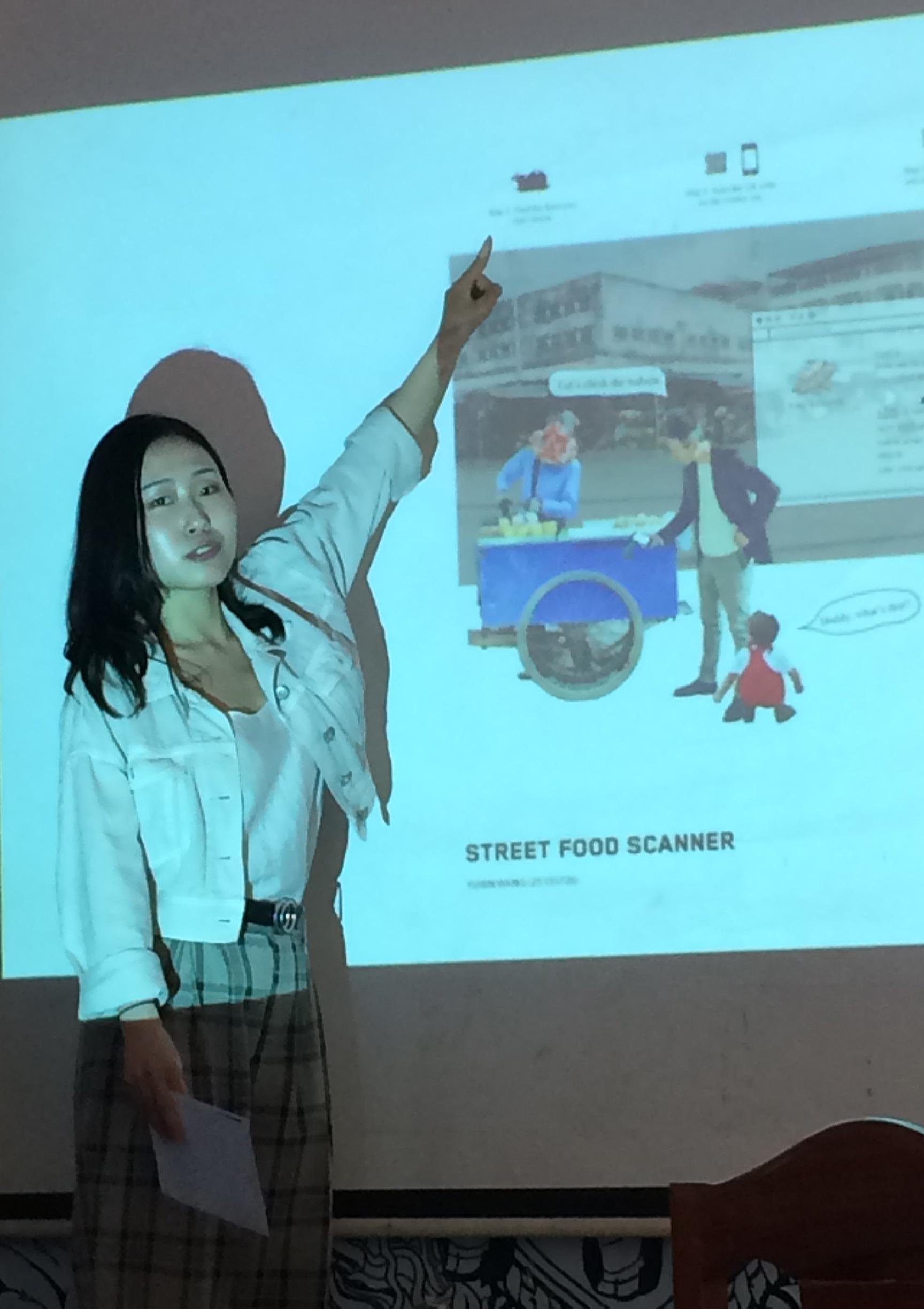
1 minute read
phase 2: street life intervention
Phase two of the course asks students use their findings as ‘evidence’ to develop a design brief and proposal for an urban intervention, in either Sydney or Phnom Penh. The goal is to create a small scale, yet scalable, intervention that acts as a social catalyst, supporting or improving street life.
Students are challenged to think beyond the paradigm of design intervention as a physical construct ‘delivered’ to the end user by the creative professional. They are encouraged to consider adaptive systems developed and maintained with and by the people who will ultimately use them. The comparison of cities in the observational phase of the course becomes a means by which students may draw on ‘real world’ precedents and reinterpret these within new socio-spatial contexts.
Advertisement
Students unpack the findings of their observations and interviews through team workshops. They reflect on their collective findings to identify opportunities and constraints that lead to the development of a series of inquiry-based open-ended design briefs. Students then develop a response to their brief, presented through public presentation and exhibition.










